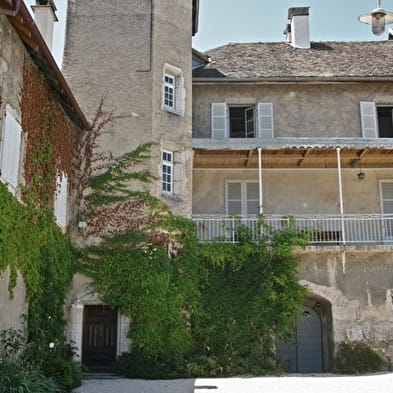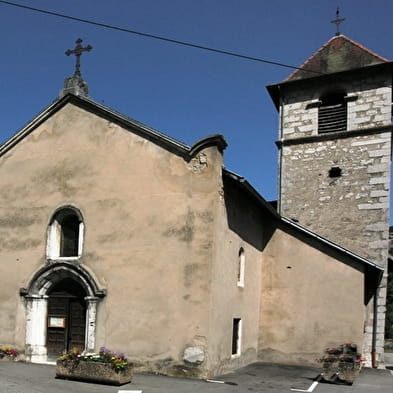
Patrimoine de la commune de Virieu-le-Grand
Virieu-le-Grand, a land of vineyards under the Allobroges, gained a certain importance after the Roman conquest thanks to its springs and its location at the crossroads of several traffic routes. Numerous Burgundian burials have been discovered along the road to Lyon.
In the 11th century, Virieu came under the control of the House of Savoy and Count Amédée II had the castle built at the top of the village, which was destroyed by fire in 1726 and never rebuilt. The statue of the Virgin Mary was erected in 1855 in the presence of the Bishop of Belley.
In the Middle Ages, Virieu was renowned for its tanneries and cobblers.
In 1601, the Treaty of Lyon incorporated the seigneury of Virieu into the kingdom of France. Louis XIII made the barony of Virieu-le-Grand a marquisate of Valromey, in gratitude for the services rendered by Honoré d'Urfé.
Honoré d'Urfé, Lord of Virieu-le-Grand, Count of Chateauneuf and Marquis of Valromey, wrote the first novel in French, "L'Astrée".
The fountain in the square, adorned with his bust, was inaugurated in 1908.
In the 17th and 18th centuries, part of the village was destroyed by fire.
In 1856, the opening of the Paris-Geneva railway line and the lime factories of the 20th century transformed the face of the village.
The church of Saint-Romain is thought to have been built around 1150.
Partially destroyed during the French Revolution, its bell tower was repaired in 1813. The sacristy dates from 1828 and the apse from 1845. It has an 18th-century wooden high altar, a Louis XIV-style tabernacle and a monolithic font from the Saint Etienne chapel.
The historic quarter of Virieu-le-Grand (rue du Montet):
La Maison Saint-Pierre: the Prost Tower was built around 1370 to defend the river crossing and the road leading to Thézillieu. Owned by the Prost family in the 14th century, it became a fortified house and fiefdom in 1650 and has been listed as a historic monument since 1935.
The rue du Montet features a number of historic residences:
- Callet House, built in the 16th century by Pierre Mugnier, cameraman to the Duke of Savoy,
- the 15th-century Todeschini house, the former residence of the Lords of Longecombe until 1747,
- the Revel house, the former home of the Mermet des Grièges family and the Tour de Croz. Behind the house is the site of Virieu's first market hall.
- Place de la Mutualité: this used to be the site of a cooperative for the production of butter and Gruyère cheese. It is in the old communal oven, the only one left of the three in the village, that the savouries and tarts for the oven festival are baked.
Route d'Hauteville is home to the village's former Protestant church and some remains of the church of Saint-Etienne, which was dismantled during the French Revolution.
A heritage trail can be followed to discover the rich heritage of Virieu-le-Grand.
The route is detailed in a brochure available to download or from the Belley Tourist Office.
- Pets not allowed









